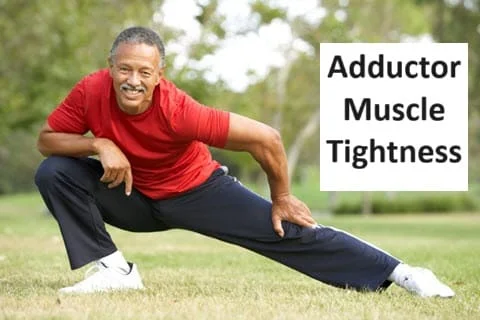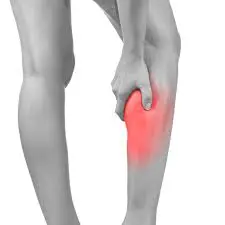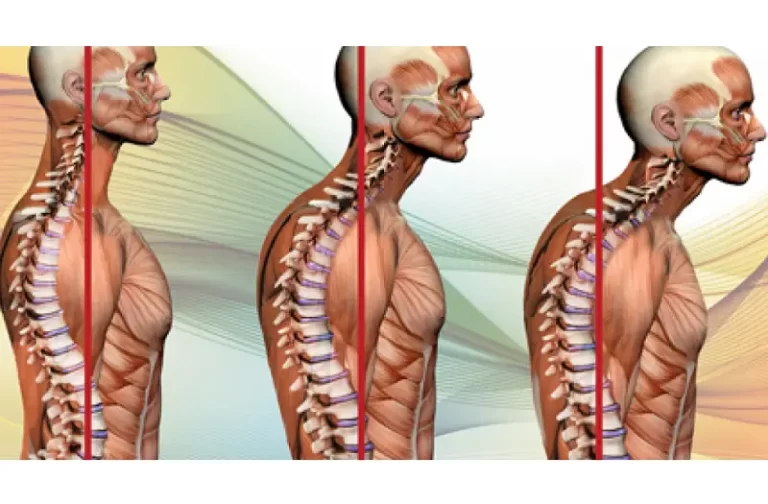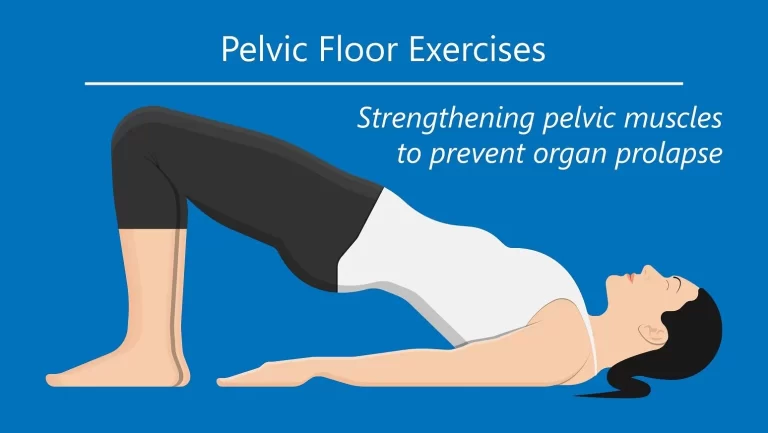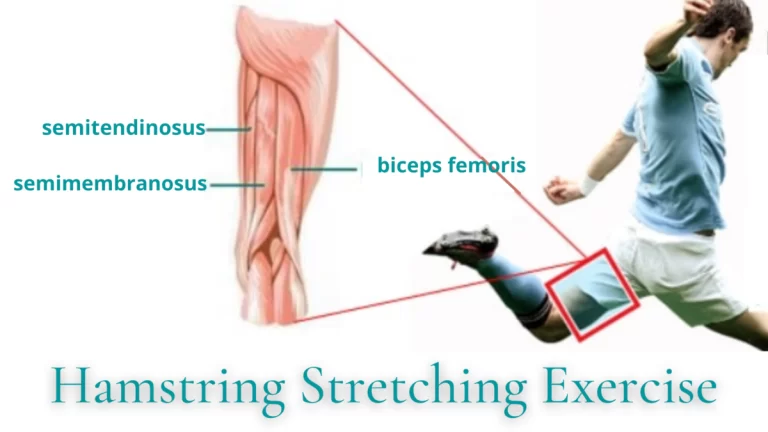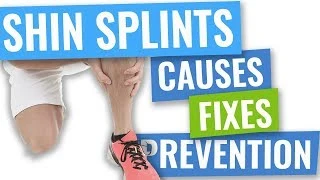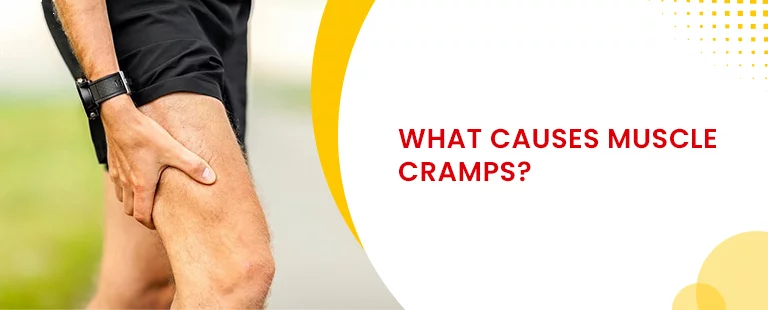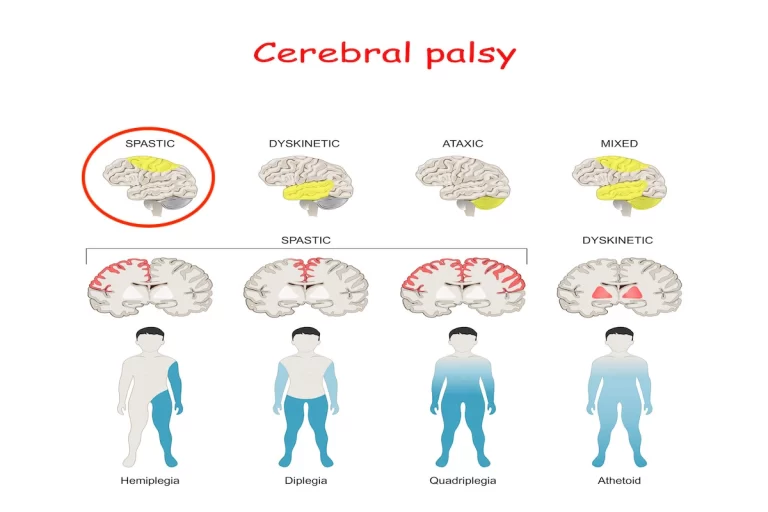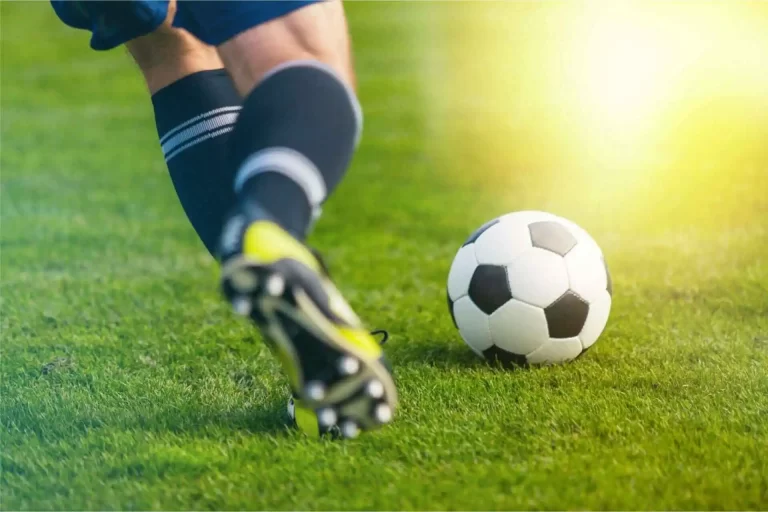Adductor Muscle Tightness
The term “adductor muscle tightness” describes a situation in which the thigh’s inside adductor muscles are more tense or contracted than usual. Introduction Adductor muscle tightness refers to the condition where the muscles located on the inside of the thigh, called the adductor muscles, are tense or contracted. This tightness may cause pain in the…

